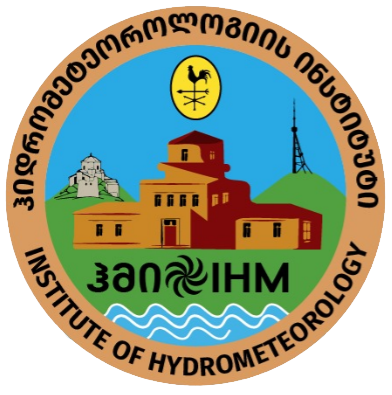UDC 551.583
Hydrometeorological study of the Iori river basin in order to create system an integrated water resoursces management. / N. Kapanadze, T. Tsintsadze, I. Mkurnalidze/ Scientific Reviewed Proceedings of the IHM, GTU. -2022. V. 132. –pp.28-35.–Georg.; Abst.: Georg., Eng., Rus.
For the development and further application of system an integrated water resources management average values of air temperature and total precipitation were analyzed for different parts of the Iori river basin. The average air temperature in the upper part of the river is 3⁰ lower than the average temperature of the other two areas. The same trend is observed for temperature extremes. Precipitation, on the contrary, is maximum in the upper part and decreases with decreasing average height of the territory. It was found that the maximum amount of precipitation is observed in May, and their average monthly value in the upper, middle and lower parts of the river is 110, 97 and 90 mm, respectively. The minimum amount of precipitation (18-29 mm) falls in December-January. During the growing season (V-IX months), the amount of precipitation is 391, 324 and 305 mm, which is 57, 53 and 59% of the average annual total values.
The dynamics of water consumption in cross-sections at hydrological stations -Lelovani, Orkhevi and Salakhly has been investigated by months. The natural runoff in the upper part of the river for Lelovani and Salakhli is characterized by a spring maximum (40-45%) and a winter minimum (11-13%) Downstream of the Sioni reservoir (Orkhevi post), the maximum (40%) is shifted to July-August, which associated with the maximum demand for water resources accumulated in the upper main canal and other irrigation systems. In the lower reaches of the river (Salakhli post), the spring maximum drops sharply by August (3.2% of the annual flow), waterlogging continues until March.

